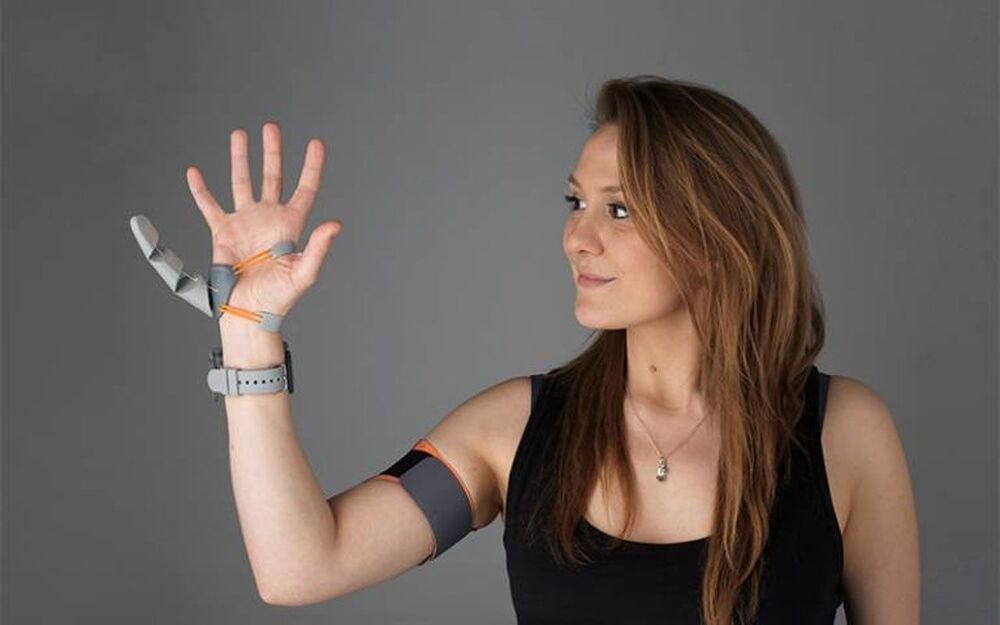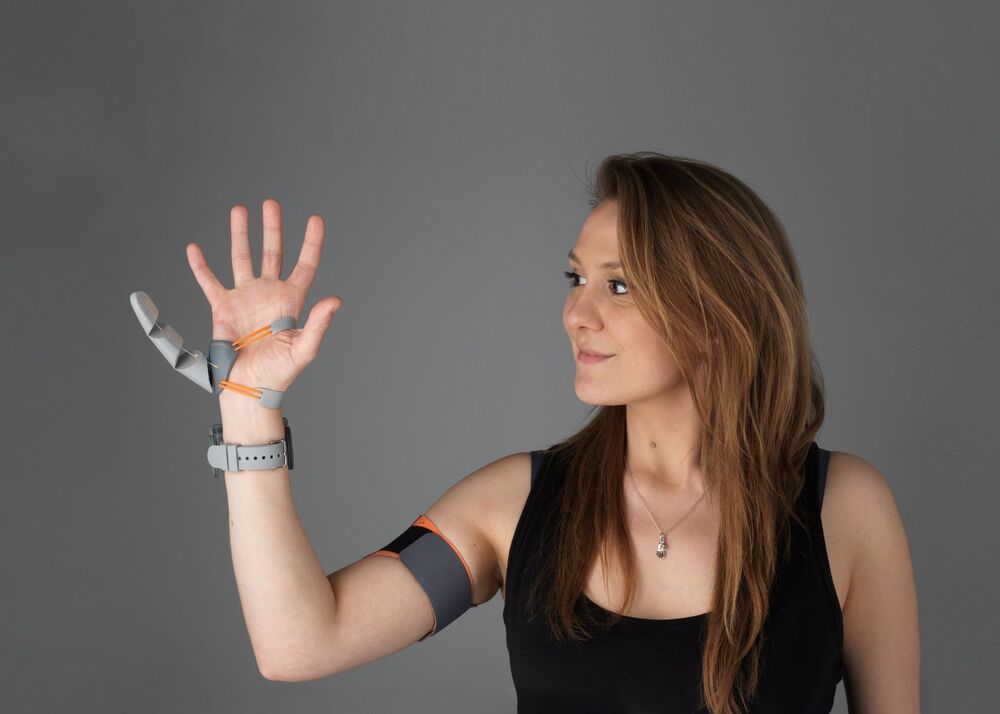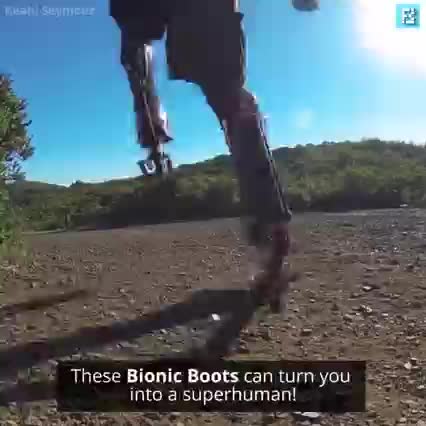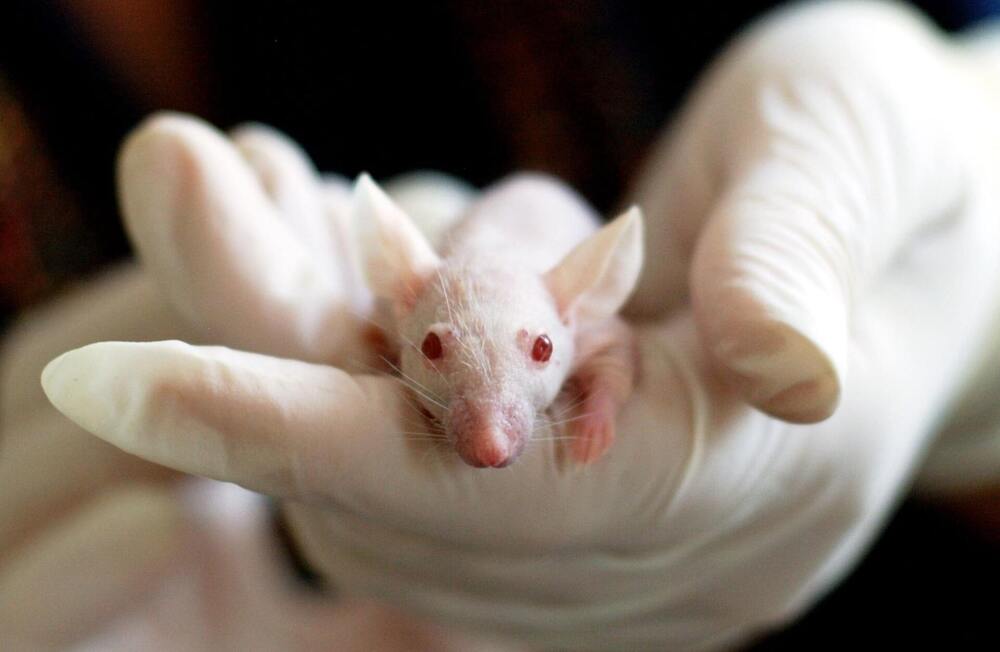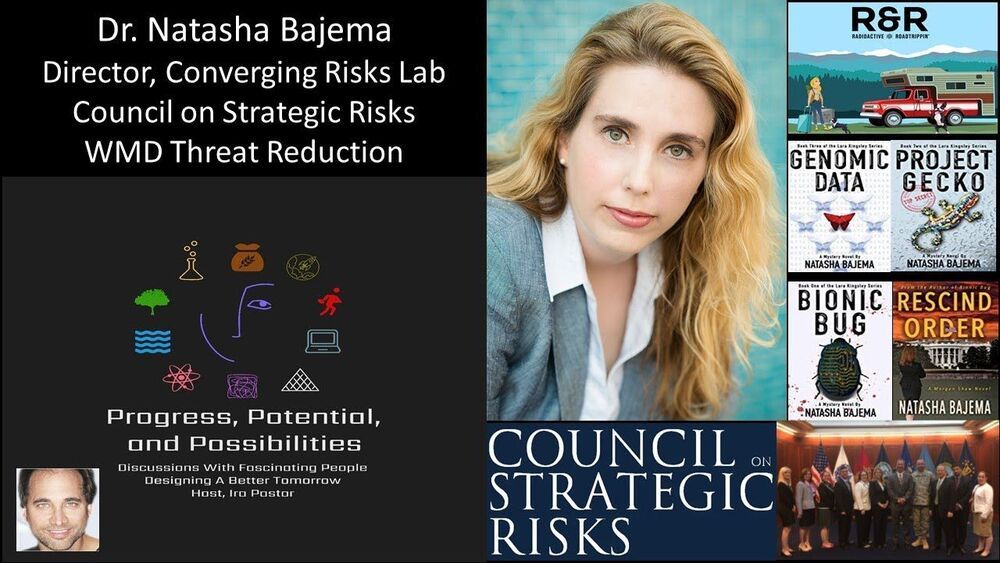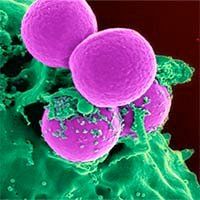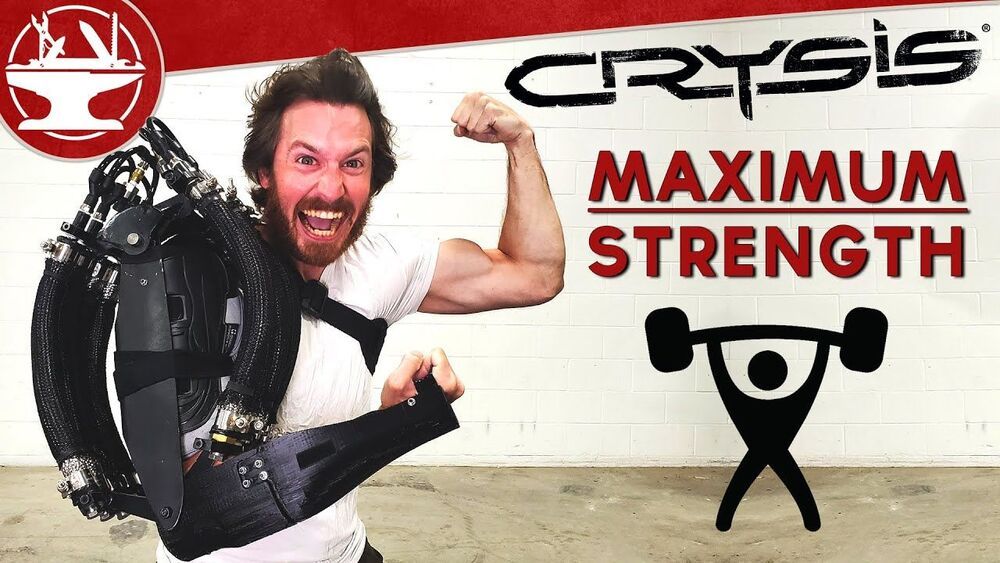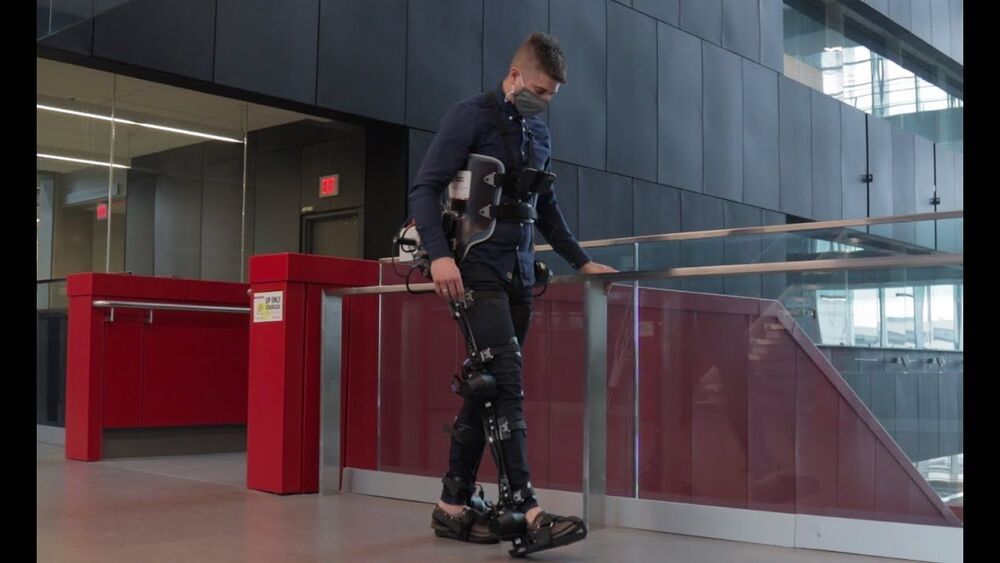May 25, 2021
Strange robotic thumb can impact how the hand is represented in the brain
Posted by Quinn Sena in categories: biotech/medical, cyborgs, robotics/AI
UCL researchers have created a strange robotic “third thumb” that attaches to the hand and adds a large extra digit on the opposite side of the hand from the thumb. Researchers found that using the robotic thumb can impact how the hand is represented in the brain. For the research, scientists trained people to use an extra robotic thumb and found they could effectively carry out dexterous tasks such as building a tower of blocks using a single hand with two thumbs.
Researchers said that participants trained to use the extra thumb increasingly felt like it was part of their body. Initially, the Third Thumb was part of a project seeking to reframe the way people view prosthetics from replacing a lost function to becoming an extension of the human body. UCL Professor Tamar Makin says body augmentation is a growing field aimed at extending the physical abilities of humans.
